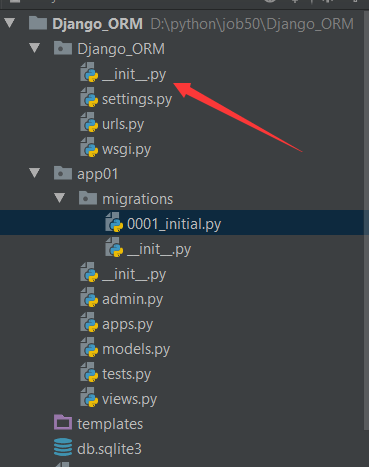
- #Minetest grant all privileges how to
- #Minetest grant all privileges update
Turn off flying mode by pressing "K" again. Ascend by pressing the space bar, and descend by pressing "Shift". If you would rather fly than walk or take the train, type "K".

#Minetest grant all privileges how to
The syntax is: GRANT ALL ON db_name.Welcome | Commands | How to Build | Workshop | DemosĪccess 2020 Minetest - Commands Basic command keys are: W Also, to give a user GRANT OPTION privilege we have to specify WITH GRANT OPTION at the end of the GRANT query. That means you can give or remove privileges that you have, from other users with GRANT statement. In summary, it enables you to grant to or revoke from other users those privileges that you yourself possess.
#Minetest grant all privileges update
UPDATE – Enables rows to be updated in tables in a database. This way, you cannot use the statement at all if the server was started with the –skip-show-database option. Accounts that do not have this privilege see only databases for which they have some privileges. SHOW DATABASES – Enables the account to see database names by issuing the SHOW DATABASE statement. SELECT statements require the SELECT privilege only if they actually access tables. SELECT -Enables rows to be selected from tables in a database. DROP – Enables use of statements that drop (remove) existing databases, tables, and views. DELETE – Enables rows to be deleted from tables in a database. ALTER_TABLE also requires the CREATE and INSERT privileges. ALTER – Enables use of the ALTER_TABLE statement to change the structure of tables. INSERT – Enables rows to be inserted into tables in a database. CREATE – Enables use of statements that create new databases and tables. ALL, ALL PRIVILEGES – These privilege specifiers are shorthand for “all privileges available at a given privilege level” (except GRANT OPTION). We suggest this other article about managing mysql users. For this reason, it is best to use CREATE USER and GRANT for adding users and privileges. The table can be queried and although it is possible to directly update it. The ‘ers’ table contains information about users that have permission to access the MySQL server and their global privileges. UPDATE – allows the user to update table rows. SELECT – allows the user to read the database. INSERT – allows the user to insert rows into a specific MySQL table. DELETE – allows the user to delete rows from specific MySQL table. DROP – allows the user to drop databases and tables. CREATE – allows the user to create databases and tables. These can be in place of ‘specific_permission’ in the above commands’: And, ‘db_name’ with your database name and ‘user_name’ with your MySQL username. 

GRANT specific_permission ON db_name.tbl_name TO ‘specific_permission’ with the type of privilege you want to give. To give specific permission on only a table of the database you can use the following example. It actually provides specific privileges on a database to a user: GRANT specific_permission ON db_name.* TO the above command you give that user specific privileges to all tables of that specific database. How to grant specific privileges via command line? The grants of the user ‘test’ are shown below: We can see granted privileges using the below query: SHOW GRANTS FOR ‘user_name’ with your value. The above command is to give all privileges on the database ‘test’ to the user ‘test’. I will show an example below: mysql> GRANT ALL PRIVILEGES ON test.* TO OK, 0 rows affected (0.00 sec)







 0 kommentar(er)
0 kommentar(er)
